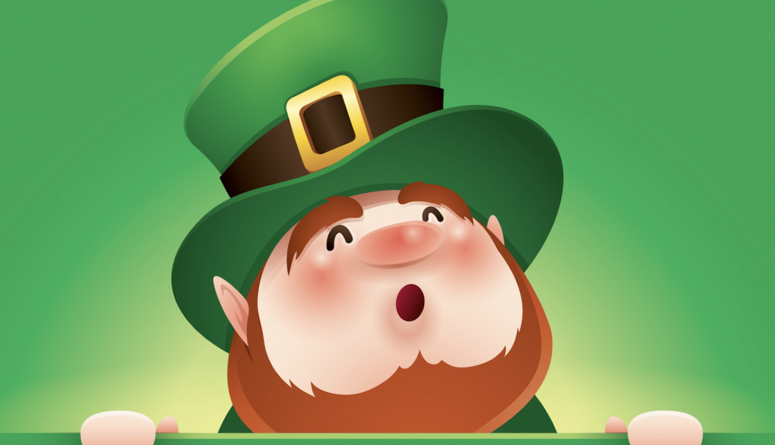
Konkurs realioznawczy - The Legend of the Leprechaun
The legend of the Leprechaun can be traced back to the 8th century and it is an important part of Irish folklore. The name of the mischievous creature that is neither good nor evil, derives from Old Irish ‘luchorpan’, which means ‘little body’, and it points to its small size.
According to fables, Leprechauns normally take the form of an old man in a green coat and a pointed hat. In earlier times, however, they were said to wear red clothes. Interestingly, Irish folklore describes Leprechauns as men and there is no record of any female Leprechauns. In fact, some people claim that Leprechauns are actually deformed children of the fairies.
Leprechauns are cobblers by trade, and they make and mend shoes. Solitary by nature, they are said to live in remote places, and their presence may be betrayed by the sound of their hammering.
According to legend, their most important customers are the fairies who love to dance and frequently dance the night away ruining their tiny shoes. When this happens, the Leprechauns are happy and busy: they earn money by mending fairy shoes. Unfortunately, sometimes, when there are no fairy dances, there are no fairy shoes to be mended. When the Leprechauns have nothing to do, they venture into the human world in search of work.
The Irish believe it is reasonable to always have a pair of shoes in need of mending. Leprechauns do not take well to not getting what they want, and they might curse you if they come knocking on your door and you have no work for them. The most frequent curses involve spoiled milk or cursing children so that they can only speak backwards.
Apart from being known as cobblers, Leprechauns are also famous for hiding their pot of gold at the end of the rainbow. Some stories say that this gold is what they have saved from their shoemaking, but since this is not a very lucrative profession, other stories suggest that the creatures found the gold. According to one tale, when the Vikings invaded the Emerald Isle, they left gold scattered all over the country. The Leprechauns found it and have guarded it ever since in a secret place at the end of the rainbow.
Unsurprisingly, such a treasure might be tempting for many humans. However, it is impossible to find without the help of the Leprechaun himself. Of course, the little green man must be caught first and forced to reveal the hiding place, but catching one is no easy task. Legend has it that the best way to catch a Leprechaun is to grab him tightly around the neck and make sure that he cannot break free.
It is said that the lucky person who has managed to catch a Leprechaun, is entitled to one wish. Other versions of the legend say that he will give his captor as many as three wishes if they set him free. The wish may include the leprechaun’s gold, hidden at the end of the rainbow!
The Irish take the legend of the Leprechaun very seriously and since 2009, Leprechauns, being such an important figure in Ireland, have been a protected species under European Union law.